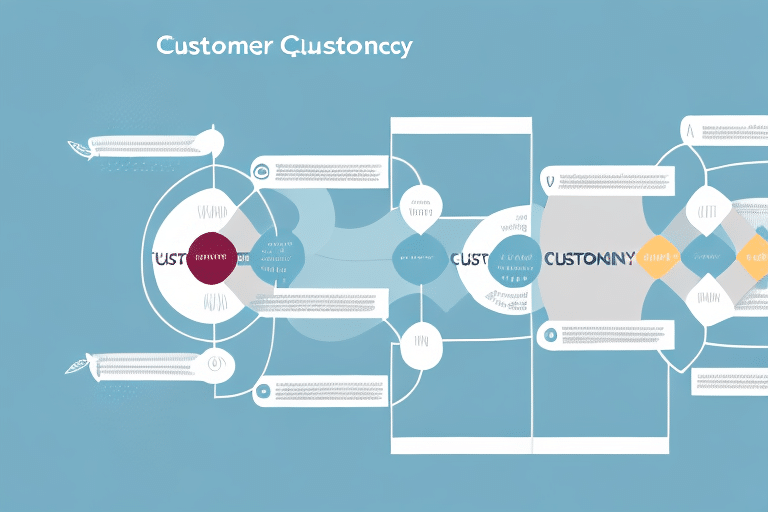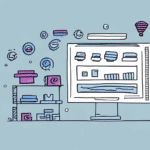Understanding Customer Expectations
The Importance of Understanding Expectations
In today’s competitive business landscape, managing customer expectations is paramount to organizational success. Customers come with diverse expectations regarding products, services, and overall experiences. According to a [Harvard Business Review](https://hbr.org/2021/05/the-value-of-customer-experience-quantified), companies that prioritize customer experience outperform their competitors by 80% in terms of revenue. Understanding these expectations is essential for building and maintaining positive customer relationships, fostering loyalty, and driving repeat business.
Common Customer Expectations Across Industries
Customer expectations vary across different industries, providing unique challenges and opportunities for businesses to excel. Here are some examples:
- Hospitality: Customers expect clean and comfortable accommodations, prompt service, and courteous staff.
- Retail: Shoppers anticipate a wide range of quality products, seamless shopping experiences, and fast shipping or delivery.
- Healthcare: Patients look for timely diagnoses, effective treatments, compassionate care, and clear communication from providers.
- Technology: Users expect innovative, user-friendly products, reliable customer support, timely software updates, and robust data security.
By researching and understanding the specific expectations within your industry, you can tailor your strategies to better meet and exceed customer needs.
Strategies for Managing Customer Expectations
Setting Realistic Expectations
Establishing realistic customer expectations is the cornerstone of effective expectation management. Transparency and honesty in what your business can deliver prevent overpromising and underdelivering, which can erode trust. For instance, clearly communicate product capabilities, delivery timelines, and support options. A study by [McKinsey & Company](https://www.mckinsey.com/business-functions/marketing-and-sales/our-insights/the-future-of-customer-experience) found that 70% of customer decisions are influenced by their expectations.
Effective Communication
Clear and concise communication is vital in managing customer expectations. Utilize multiple channels such as email, phone, social media, and live chat to interact with customers. Personalize your communication to align with customer preferences and needs. Actively listen to customer concerns and respond promptly to queries. According to [Salesforce](https://www.salesforce.com/research/customer-expectations/), 84% of customers say seamless handoffs between departments are important to winning their business.
Managing Unreasonable Expectations
Despite best efforts, some customers may have unreasonable expectations. In such cases, it is crucial to handle the situation tactfully by:
- Listening actively to understand their concerns.
- Providing clear explanations and reasons why certain expectations cannot be met.
- Offering alternative solutions or compromises that address their needs within reasonable limits.
These approaches help in maintaining professionalism and potentially converting dissatisfied customers into loyal ones.
Leveraging Customer Feedback
Customer feedback plays a pivotal role in managing expectations. Encourage customers to provide feedback through surveys, reviews, and direct communications. Utilize this feedback to gain insights into their experiences, identify pain points, and make informed improvements. According to [Qualtrics](https://www.qualtrics.com/employee-experience/customer-experience-statistics/), companies that act on customer feedback can improve customer satisfaction by up to 25%.
Benefits and Risks of Managing Expectations
The Benefits of Meeting and Exceeding Expectations
Successfully managing customer expectations leads to numerous benefits, including:
- Increased Loyalty: Satisfied customers are more likely to return and make repeat purchases.
- Positive Word-of-Mouth: Customers tend to recommend businesses that exceed their expectations.
- Enhanced Reputation: A strong reputation attracts new customers and builds trust in the market.
- Higher Revenue: Loyal customers are often willing to pay premium prices for quality products and services.
The Risks of Failing to Meet Expectations
Conversely, failing to meet customer expectations can have serious repercussions, such as:
- Customer Churn: Dissatisfied customers are likely to switch to competitors.
- Negative Reviews: Poor experiences can lead to unfavorable reviews, harming your brand’s image.
- Revenue Loss: Loss of customers directly impacts sales and profitability.
- Legal and Regulatory Issues: Failure to meet promised standards can result in legal consequences and fines.
These risks highlight the critical importance of effectively managing customer expectations.
Tools and Technologies for Managing Customer Expectations
Leveraging the right tools and technologies can significantly enhance your ability to manage customer expectations. Some essential tools include:
- Customer Relationship Management (CRM) Software: Tools like [Salesforce](https://www.salesforce.com/) and [HubSpot](https://www.hubspot.com/) help track customer interactions, preferences, and histories, enabling personalized experiences.
- Customer Service Platforms: Solutions such as [Zendesk](https://www.zendesk.com/) and [Freshdesk](https://freshdesk.com/) provide centralized platforms for managing customer inquiries, support tickets, and feedback.
- Social Media Monitoring Tools: Tools like [Hootsuite](https://hootsuite.com/) and [Sprout Social](https://sproutsocial.com/) allow businesses to monitor and engage with customers across social media channels.
- Feedback and Survey Tools: Platforms such as [SurveyMonkey](https://www.surveymonkey.com/) and [Qualtrics](https://www.qualtrics.com/) collect and analyze customer feedback to inform improvements.
Integrating these technologies into your operations can streamline processes, enhance customer interactions, and provide valuable insights into customer expectations.
Case Studies and Best Practices
Examining successful case studies offers practical insights into effective expectation management. For example:
- Zappos: Known for its exceptional customer service, Zappos offers free shipping and returns, fostering high customer satisfaction and loyalty.
- Nordstrom: The luxury department store provides personalized services, such as free alterations and generous return policies, contributing to strong customer loyalty and repeat business.
These companies demonstrate the value of prioritizing customer needs and consistently delivering on promises.
Future Trends and Overcoming Challenges
Emerging Trends in Managing Customer Expectations
The landscape of customer expectation management is continually evolving. Future trends include:
- Personalization with AI: Utilizing artificial intelligence and machine learning to deliver highly personalized customer experiences.
- Omnichannel Engagement: Providing seamless experiences across multiple platforms, including social media, mobile apps, and in-store interactions.
- Proactive Support: Implementing predictive analytics to anticipate customer needs and address issues before they arise.
Overcoming Challenges in Managing Expectations
Businesses may face various challenges in managing customer expectations, such as:
- Rapidly Changing Customer Needs: Staying adaptable and responsive to evolving customer preferences.
- Consistent Communication: Ensuring clear and consistent messaging across all channels.
- Resource Constraints: Allocating sufficient resources to meet and exceed customer expectations.
Addressing these challenges requires strategic planning, investment in technology, and ongoing training for customer-facing teams.
In conclusion, managing customer expectations is integral to business success. By understanding expectations, implementing effective strategies, leveraging technology, and staying attuned to emerging trends, businesses can foster loyal customer relationships and achieve sustainable growth.




















